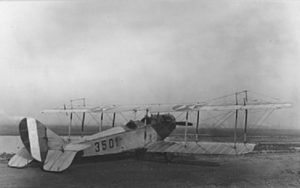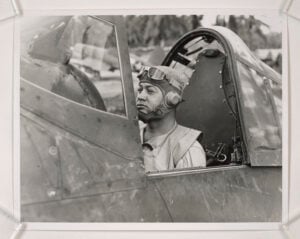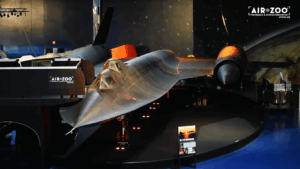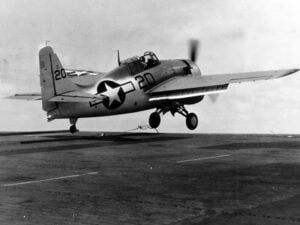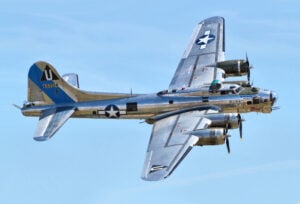5 Famous Photos of Flight Formations during WWII

Quarto / YouTube
In World War II, the importance of aerial strategies and formations in military tactics cannot be overstated. Contemporary photographs offer a glimpse into the meticulous planning and execution of air missions. These visual accounts document the courage, precision, and ingenuity of the aircraft and their pilots, who braved the extreme challenges of the war environment.
Spitfires of the 41st Squadron in Formation

The iconic image of Spitfires from the 41st Squadron against a stark sky shows more than flight; it portrays unity and precision. Pilots maintained tight formations, crucial for defense and attack strategies. The agile, speedy Spitfire was vital in Britain’s air defense, contributing to numerous aerial victories.
Hawker Hurricane Mk.Is of Nº85 Squadron

On October 5, 1940, a memorable photo shows Hawker Hurricanes of Nº85 Squadron above Church Fenton, led by Squadron Leader Peter Townsend. The photo features distinctively marked aircraft like VY-U (V 6611) and VY-G (P3861). It honors Townsend, born in Rangoon, who played a key role in Britain’s air strategy.
The Final Flight of the “Royal Flush”

The B-17 “Royal Flush,” number 42-6087, is famous for its endurance. On October 10, 1943, led by Robert “Rosie” Rosenthal, it was the sole survivor of a mission to Munster. The photo of its return symbolizes resilience and hope. “Royal Flush” completed 75 missions, highlighting its crew’s bravery and significant war contribution.
Formation of B-24 Liberator Bombers over Europe

A formation of B-24 Liberators represents the strategy to boost defense over enemy territories. Armed with Browning M2 .50 cal machine guns, they flew in compact formations to maximize firepower and protect each other from enemy fighters. This photo illustrates the scale and strategic depth of such missions.
No 19 Fighter Squadron with Spitfires

Stationed at Duxford, Cambridge, the No 19 Fighter Squadron was the first to be equipped with Supermarine Spitfires. A photo from the war’s outbreak shows these aircraft in formation, symbolizing British resilience and technological advancement. The versatile Spitfire adapted to various roles, proving its enduring design.














